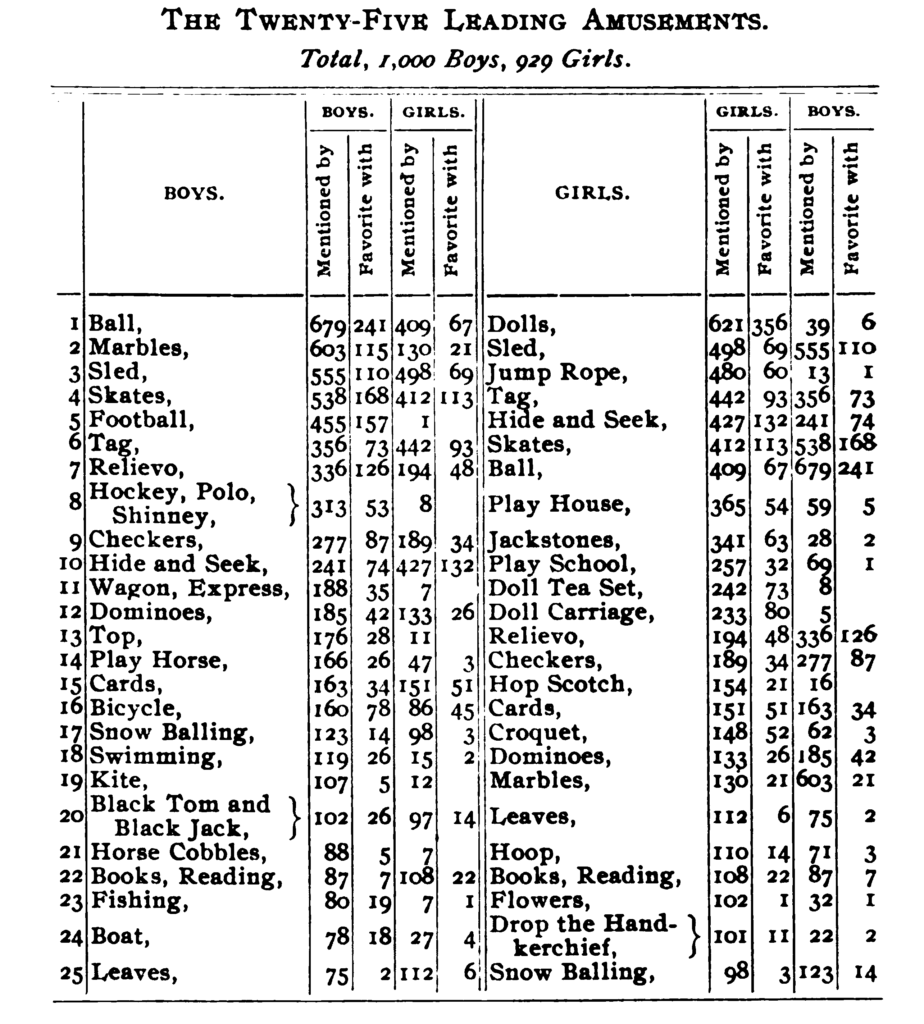I use several connected themes to explore the conditions and experiences of childhood in early 20th century U.S. These can be considered to constitute a basis for further research in the emerging area of historical geographies of childhood.
- Children’s mobility and migration experiences;
- Systems, patterns, and experiences of social inequalities (e.g. race, gender, class, religion);
- Child health and mortality, and how these shaped the notion of ‘childhood’;
- Spatially varied legal and policy contexts, such as compulsory schooling and child labor laws; uneven categorization of ‘children’ vs. ‘adults’ by race and gender; connections to constructions of ‘the nation’, geopolitics, etc.
- Material conditions of urban and rural childhoods (housing quality, schooling, parks and playgrounds, environmental conditions, institutions of childhood such as orphanages);
- Youth media representations, advertisements, discourses, and material culture (books, toys, games, etc.) and their role in reflecting/constructing an idealized ‘American’ childhood and home place

A sample data source — surveys of children in Worcester, MA on what games they played. How do these reflect and reinforce gender expectations, racial stereotypes, and cultural meanings of the place?
Croswell, T. S. 1899. Amusements of Worcester School Children, Pedagogical Seminary, 6 (3), pp. 314-371. Accessed from Hathi Trust